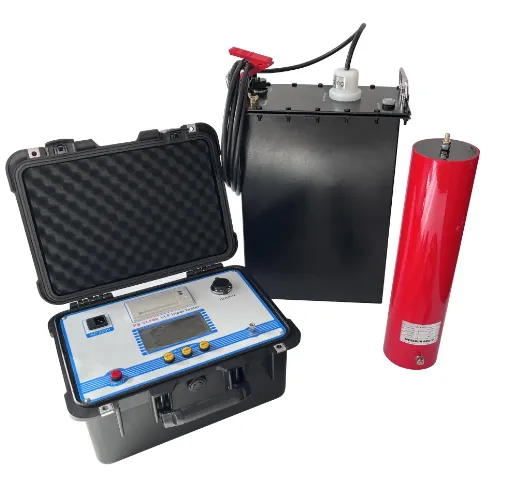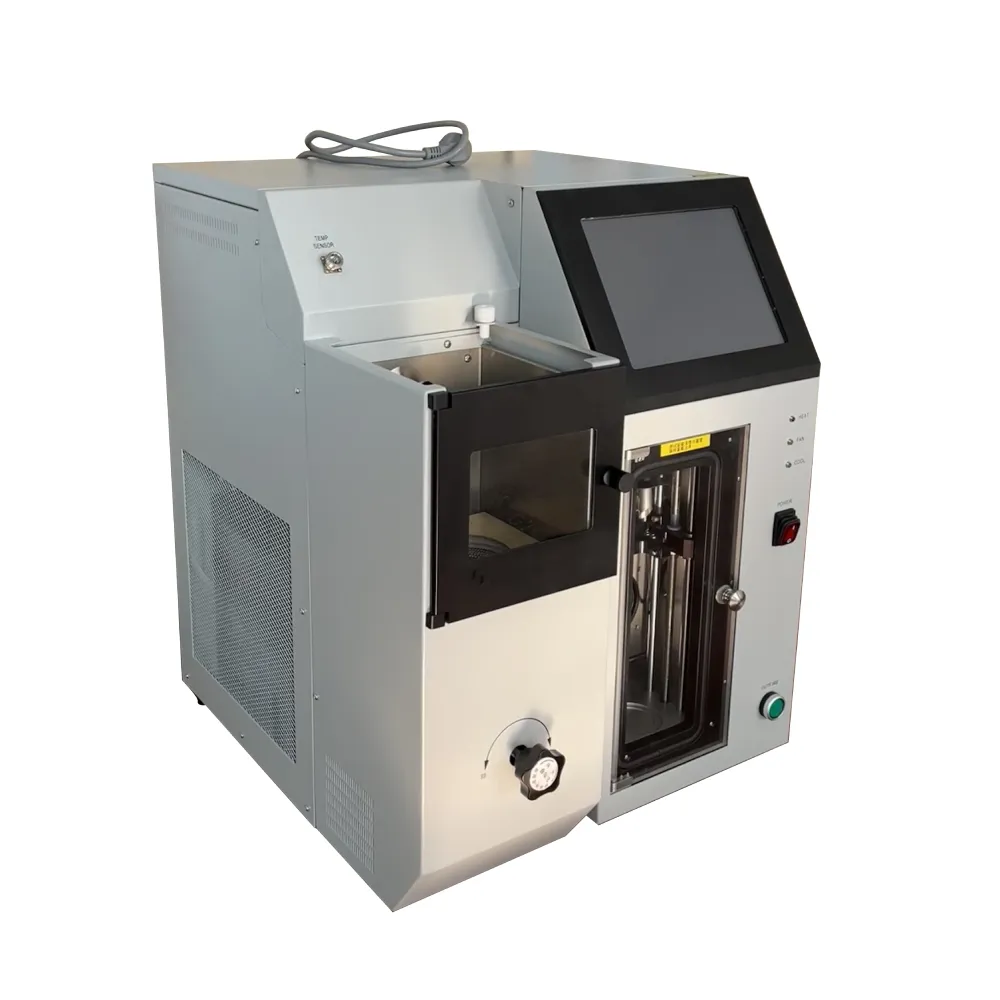TEL:
+86-0312-3189593
 English
English

Telephone:0312-3189593

Email:sales@oil-tester.com

-
 Afrikaans
Afrikaans -
 Albanian
Albanian -
 Amharic
Amharic -
 Arabic
Arabic -
 Armenian
Armenian -
 Azerbaijani
Azerbaijani -
 Basque
Basque -
 Belarusian
Belarusian -
 Bengali
Bengali -
 Bosnian
Bosnian -
 Bulgarian
Bulgarian -
 Catalan
Catalan -
 Cebuano
Cebuano -
 China
China -
 China (Taiwan)
China (Taiwan) -
 Corsican
Corsican -
 Croatian
Croatian -
 Czech
Czech -
 Danish
Danish -
 Dutch
Dutch -
 English
English -
 Esperanto
Esperanto -
 Estonian
Estonian -
 Finnish
Finnish -
 French
French -
 Frisian
Frisian -
 Galician
Galician -
 Georgian
Georgian -
 German
German -
 Greek
Greek -
 Gujarati
Gujarati -
 Haitian Creole
Haitian Creole -
 hausa
hausa -
 hawaiian
hawaiian -
 Hebrew
Hebrew -
 Hindi
Hindi -
 Miao
Miao -
 Hungarian
Hungarian -
 Icelandic
Icelandic -
 igbo
igbo -
 Indonesian
Indonesian -
 irish
irish -
 Italian
Italian -
 Japanese
Japanese -
 Javanese
Javanese -
 Kannada
Kannada -
 kazakh
kazakh -
 Khmer
Khmer -
 Rwandese
Rwandese -
 Korean
Korean -
 Kurdish
Kurdish -
 Kyrgyz
Kyrgyz -
 Lao
Lao -
 Latin
Latin -
 Latvian
Latvian -
 Lithuanian
Lithuanian -
 Luxembourgish
Luxembourgish -
 Macedonian
Macedonian -
 Malgashi
Malgashi -
 Malay
Malay -
 Malayalam
Malayalam -
 Maltese
Maltese -
 Maori
Maori -
 Marathi
Marathi -
 Mongolian
Mongolian -
 Myanmar
Myanmar -
 Nepali
Nepali -
 Norwegian
Norwegian -
 Norwegian
Norwegian -
 Occitan
Occitan -
 Pashto
Pashto -
 Persian
Persian -
 Polish
Polish -
 Portuguese
Portuguese -
 Punjabi
Punjabi -
 Romanian
Romanian -
 Russian
Russian -
 Samoan
Samoan -
 Scottish Gaelic
Scottish Gaelic -
 Serbian
Serbian -
 Sesotho
Sesotho -
 Shona
Shona -
 Sindhi
Sindhi -
 Sinhala
Sinhala -
 Slovak
Slovak -
 Slovenian
Slovenian -
 Somali
Somali -
 Spanish
Spanish -
 Sundanese
Sundanese -
 Swahili
Swahili -
 Swedish
Swedish -
 Tagalog
Tagalog -
 Tajik
Tajik -
 Tamil
Tamil -
 Tatar
Tatar -
 Telugu
Telugu -
 Thai
Thai -
 Turkish
Turkish -
 Turkmen
Turkmen -
 Ukrainian
Ukrainian -
 Urdu
Urdu -
 Uighur
Uighur -
 Uzbek
Uzbek -
 Vietnamese
Vietnamese -
 Welsh
Welsh -
 Bantu
Bantu -
 Yiddish
Yiddish -
 Yoruba
Yoruba -
 Zulu
Zulu
ян. . 20, 2025 12:15
Back to list
gas chromatography for gas analysis
Gas chromatography trace (GC trace) offers critical insights into the analysis of various compounds in a mixture and serves as a cornerstone technology within the field of analytical chemistry. This technique is indispensable across industries such as pharmaceuticals, environmental science, food and beverage, and petrochemicals due to its precision and reliability.
Trustworthiness is another pillar critical to gas chromatography trace analysis. Accurate reporting and data integrity are essential, particularly in sectors where decisions based on chromatographic analysis carry significant consequences. Ensuring trustworthy results involves rigorous adherence to standardized operating procedures, meticulous calibration of instruments, and regular validation against certified reference materials. In practice, enhancing trustworthiness also involves adopting comprehensive quality control measures. This includes the use of blanks, replicates, and spiked samples to ensure that analytical results remain consistent and reliable. Establishing clear documentation and audit trails further contributes to transparency and accountability within laboratory environments. The multifaceted applications of gas chromatography trace make it a versatile tool. In environmental science, for example, it plays a critical role in monitoring pollution levels by analyzing volatile organic compounds in air and water samples. In the food industry, it ensures product safety and quality by detecting pesticides and contaminants. Each of these applications demands rigorous standards of practice and technological expertise. As technology evolves, so too does the capability of gas chromatography. The introduction of advanced software tools and automated systems is paving the way for higher throughput and efficiency in sample analysis. These innovations promise to further bolster the analytical power of gas chromatography trace, expanding its applicability and sustaining its relevance in the years to come. In conclusion, gas chromatography trace is not merely a tool of analysis but a confluence of science, skill, and integrity. For professionals seeking to deepen their expertise or industries looking to harness its potential, understanding the complexities and maintaining stringent standards are paramount. The continuing evolution of gas chromatography promises to unlock new frontiers, affirming its essential role in modern scientific and industrial landscapes.


Trustworthiness is another pillar critical to gas chromatography trace analysis. Accurate reporting and data integrity are essential, particularly in sectors where decisions based on chromatographic analysis carry significant consequences. Ensuring trustworthy results involves rigorous adherence to standardized operating procedures, meticulous calibration of instruments, and regular validation against certified reference materials. In practice, enhancing trustworthiness also involves adopting comprehensive quality control measures. This includes the use of blanks, replicates, and spiked samples to ensure that analytical results remain consistent and reliable. Establishing clear documentation and audit trails further contributes to transparency and accountability within laboratory environments. The multifaceted applications of gas chromatography trace make it a versatile tool. In environmental science, for example, it plays a critical role in monitoring pollution levels by analyzing volatile organic compounds in air and water samples. In the food industry, it ensures product safety and quality by detecting pesticides and contaminants. Each of these applications demands rigorous standards of practice and technological expertise. As technology evolves, so too does the capability of gas chromatography. The introduction of advanced software tools and automated systems is paving the way for higher throughput and efficiency in sample analysis. These innovations promise to further bolster the analytical power of gas chromatography trace, expanding its applicability and sustaining its relevance in the years to come. In conclusion, gas chromatography trace is not merely a tool of analysis but a confluence of science, skill, and integrity. For professionals seeking to deepen their expertise or industries looking to harness its potential, understanding the complexities and maintaining stringent standards are paramount. The continuing evolution of gas chromatography promises to unlock new frontiers, affirming its essential role in modern scientific and industrial landscapes.
Previous:
Next:
Latest news
-
Testing Equipment Industry Sees Major Advancements in 2025: Smart & Precision Technologies Lead the WayNewsJun.06,2025
-
Applications of Direct Current Generators in Renewable Energy SystemsNewsJun.05,2025
-
Hipot Tester Calibration and Accuracy GuidelinesNewsJun.05,2025
-
Digital Circuit Breaker Analyzer Features and BenefitsNewsJun.05,2025
-
Benefits of Real-Time Power Quality Monitoring Devices for Industrial EfficiencyNewsJun.05,2025
-
Earth Fault Loop Testing in High-Rise Building Electrical SystemsNewsJun.05,2025



